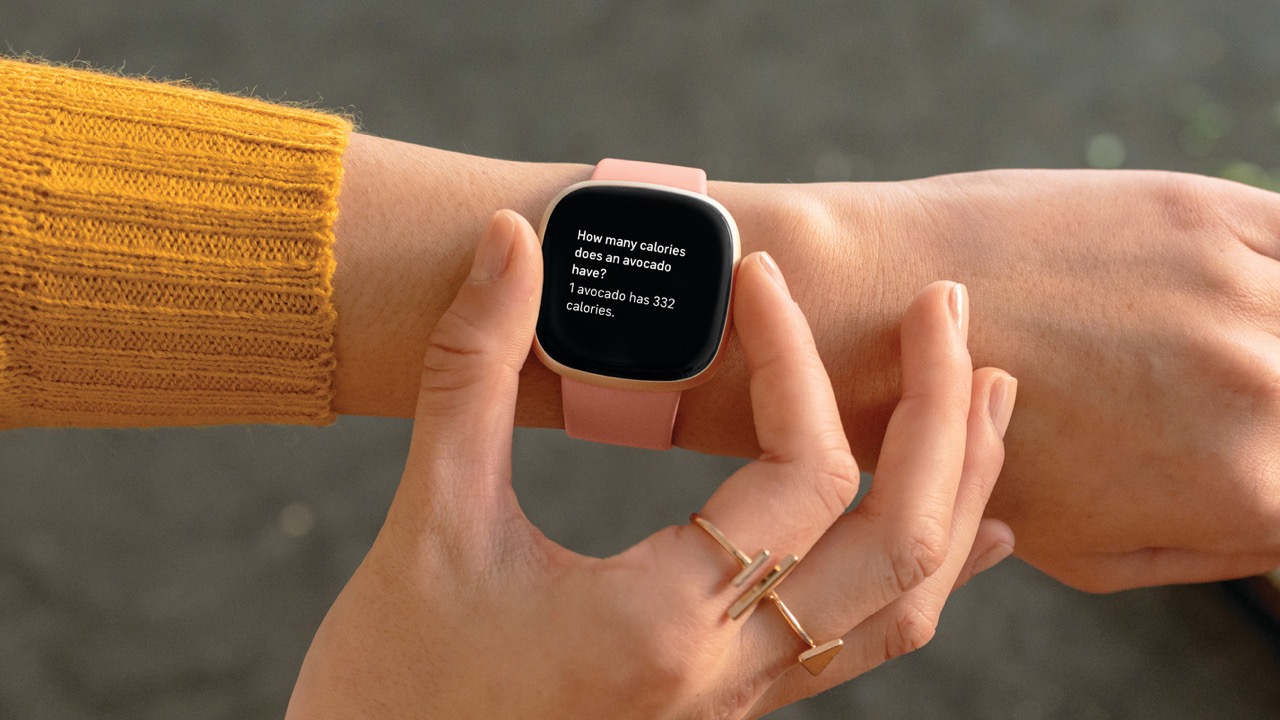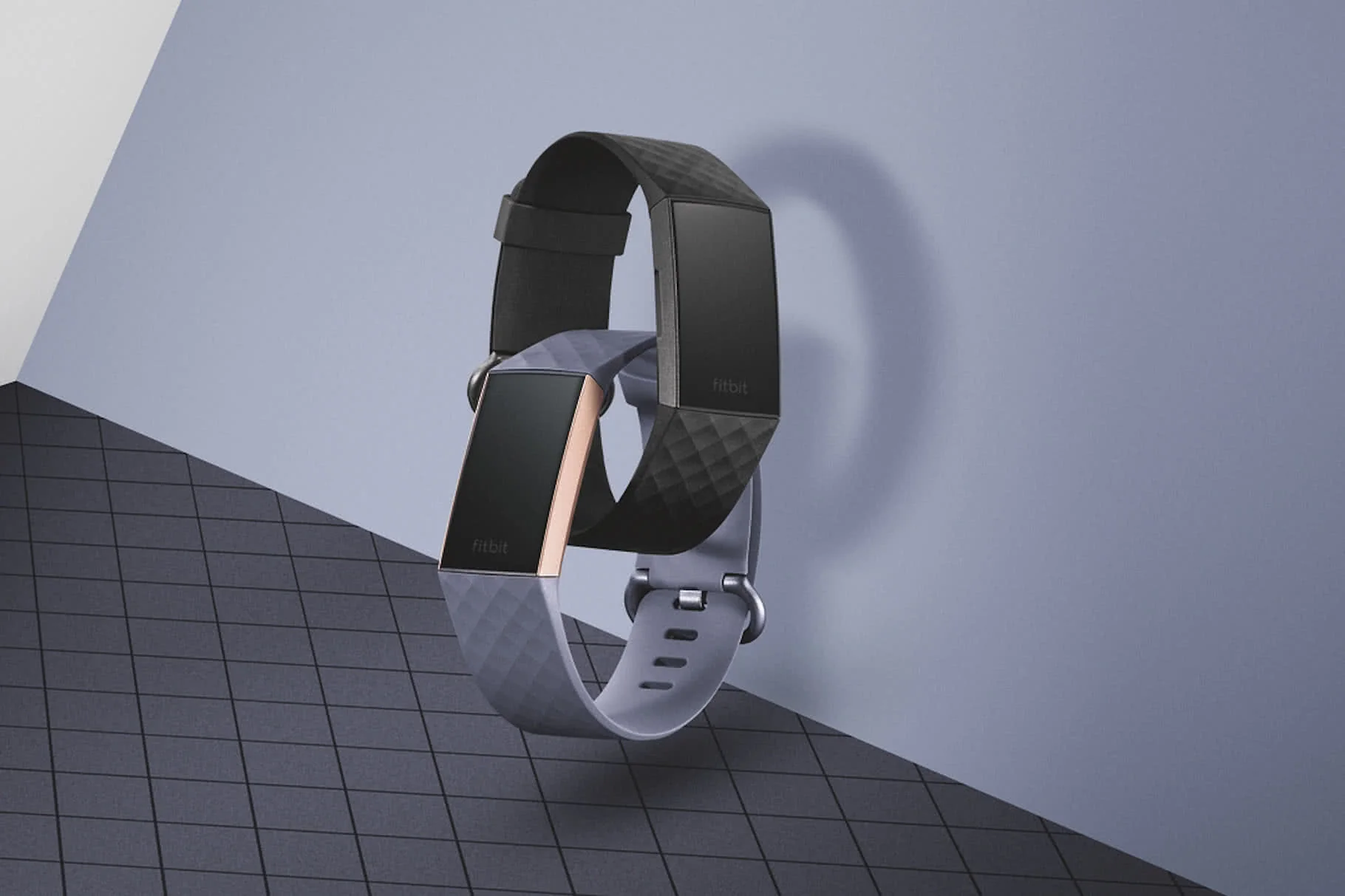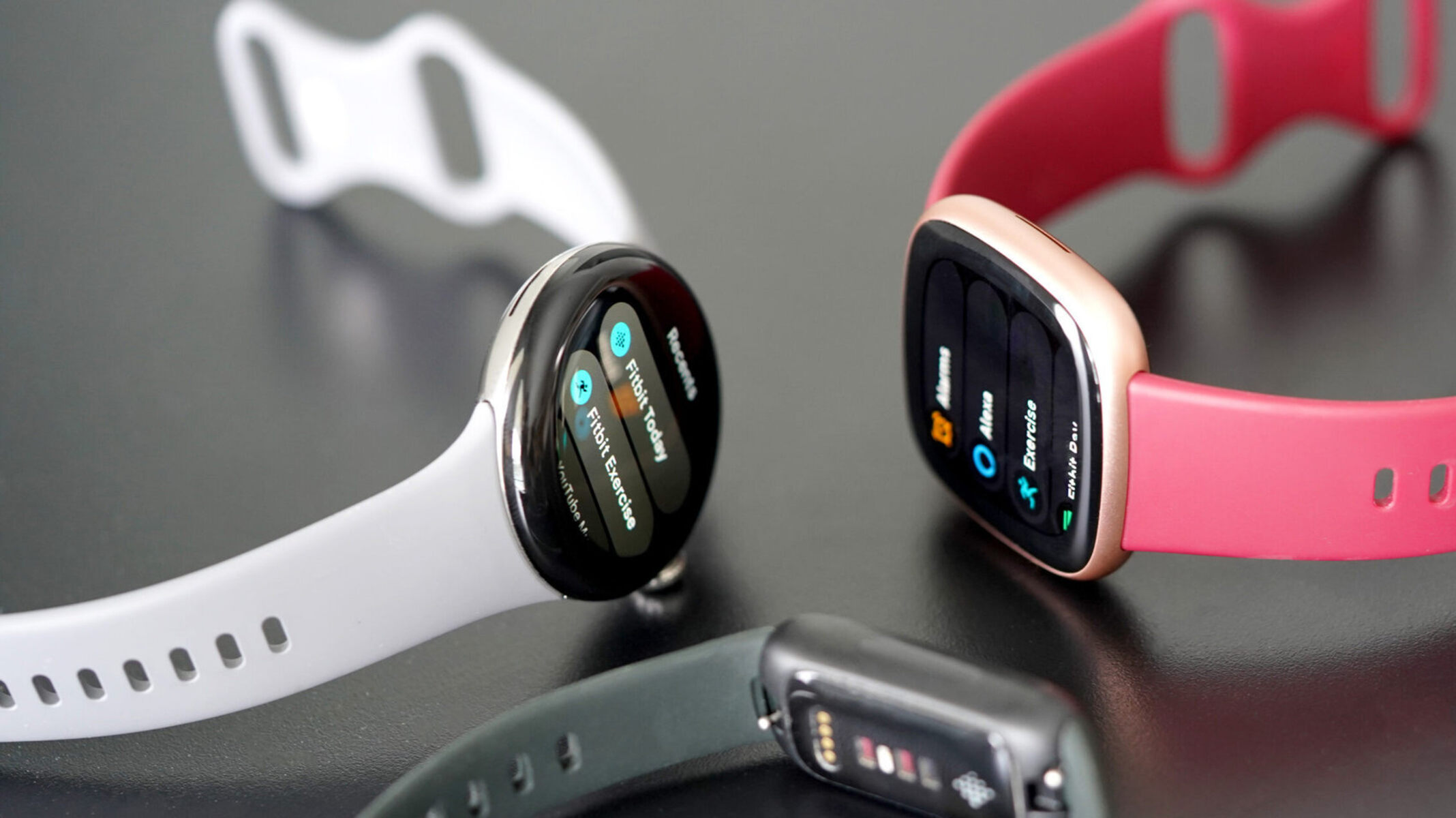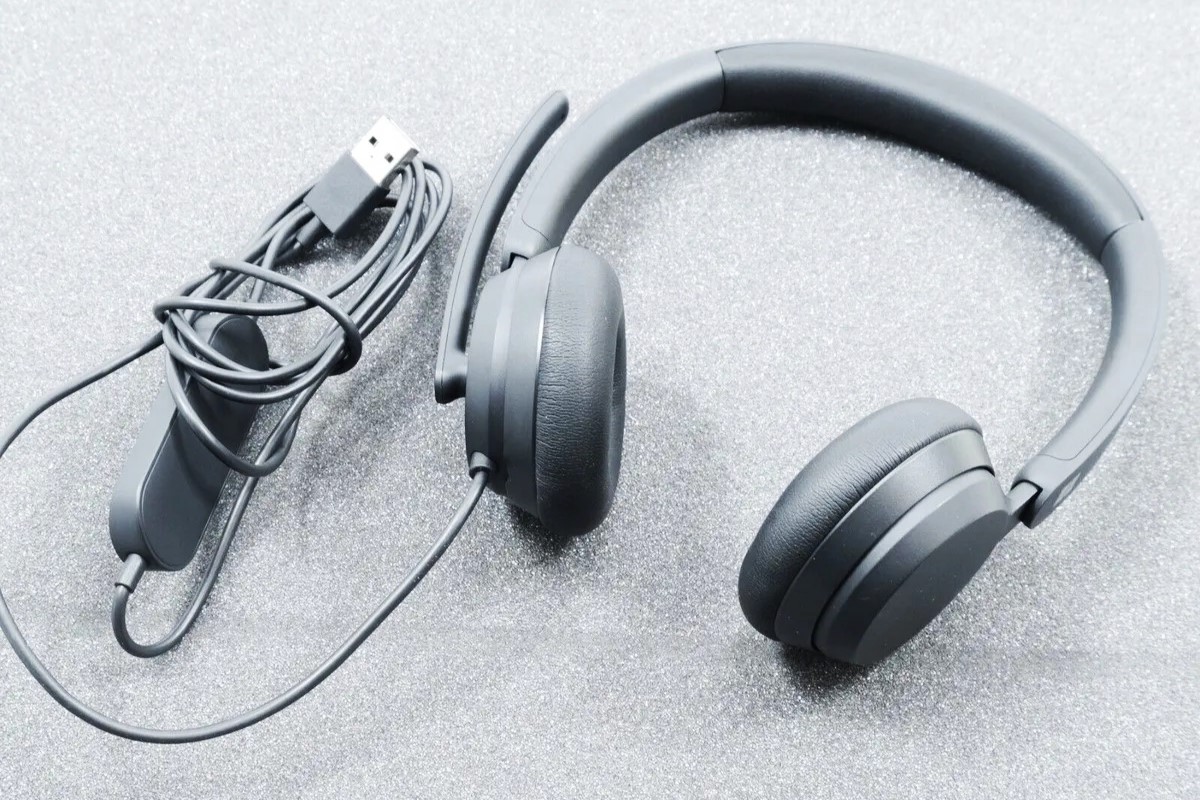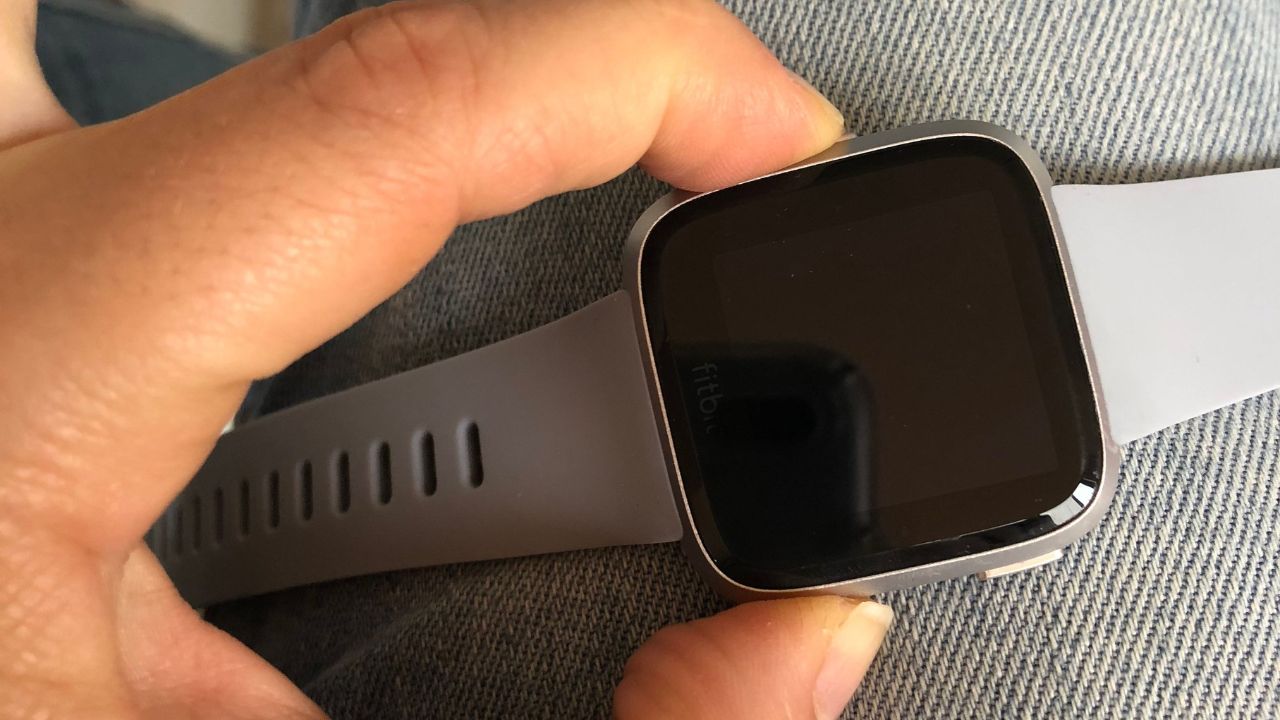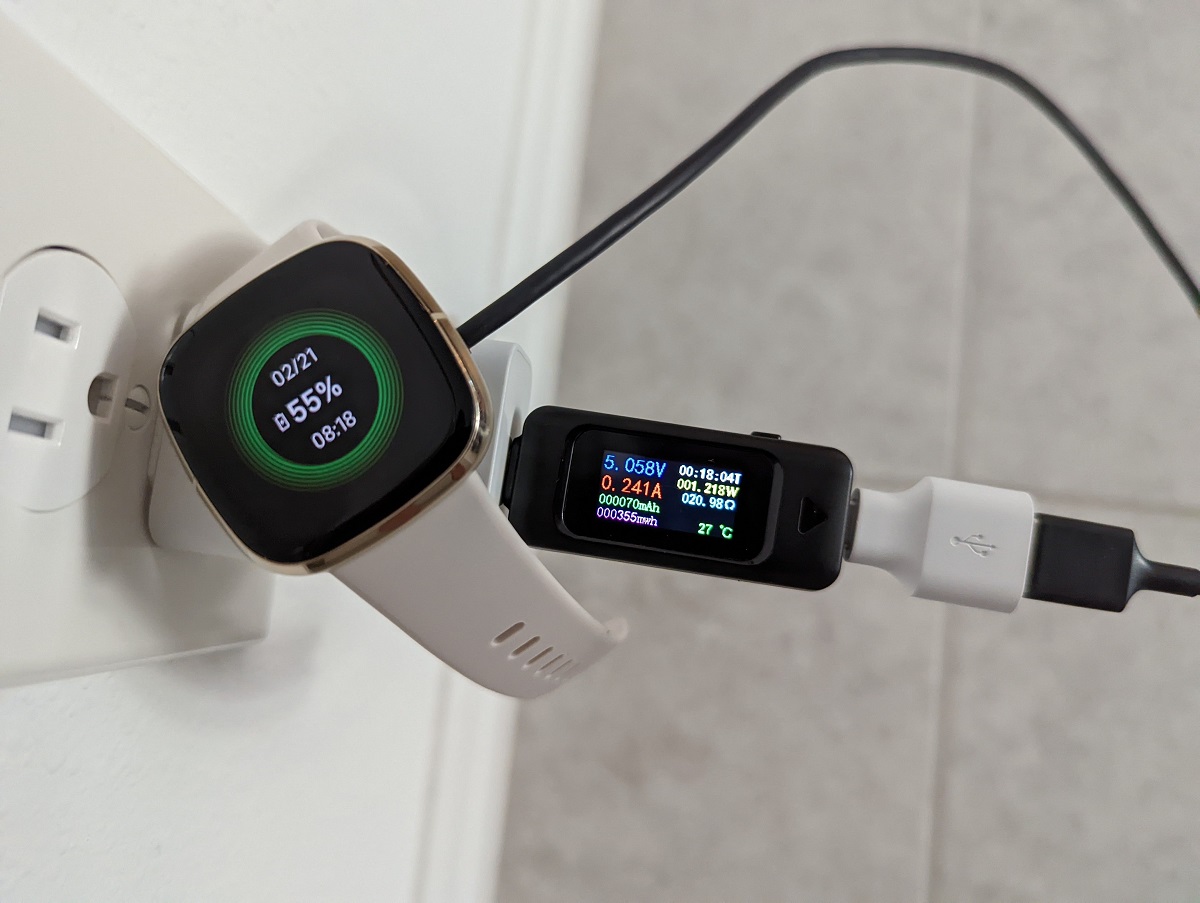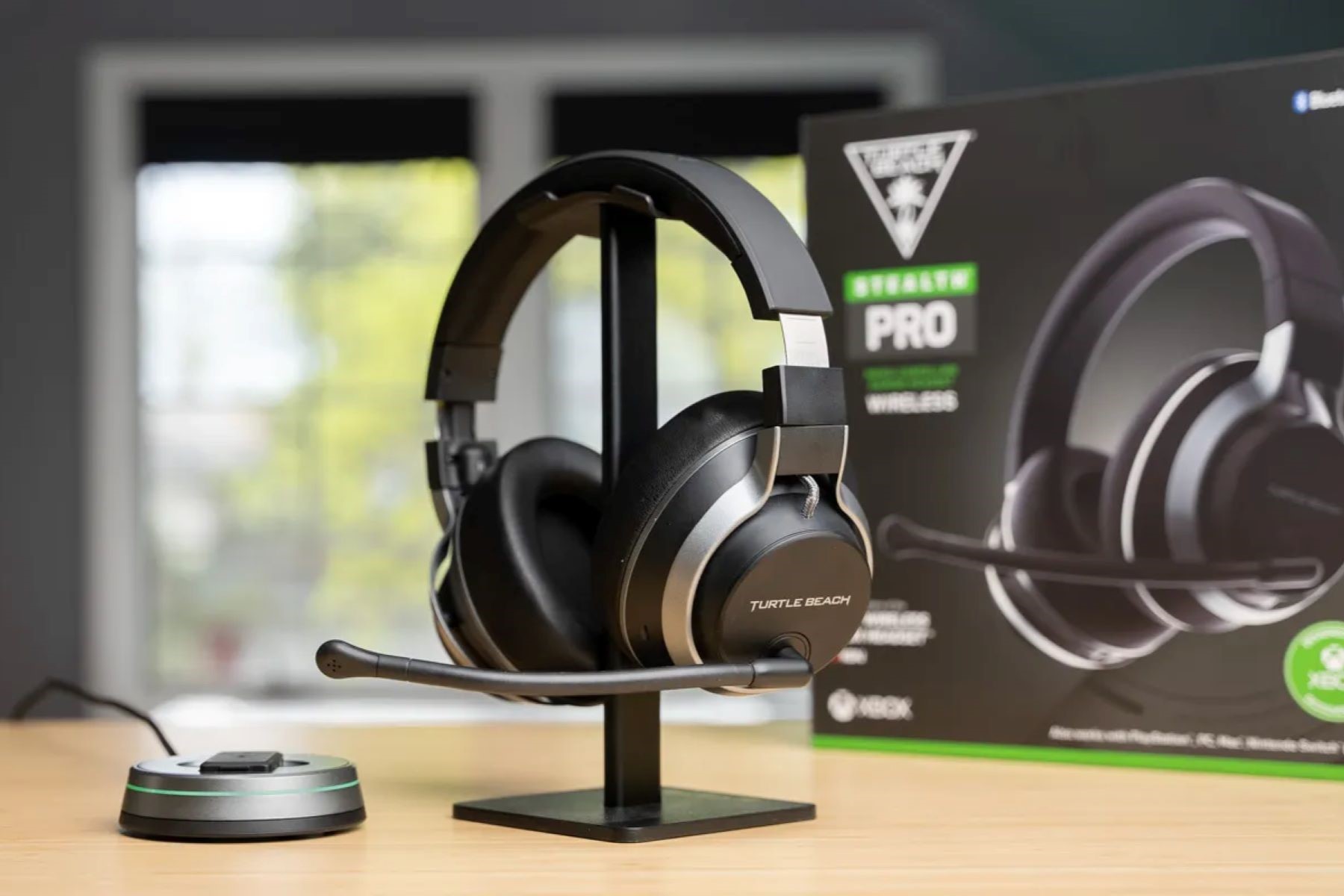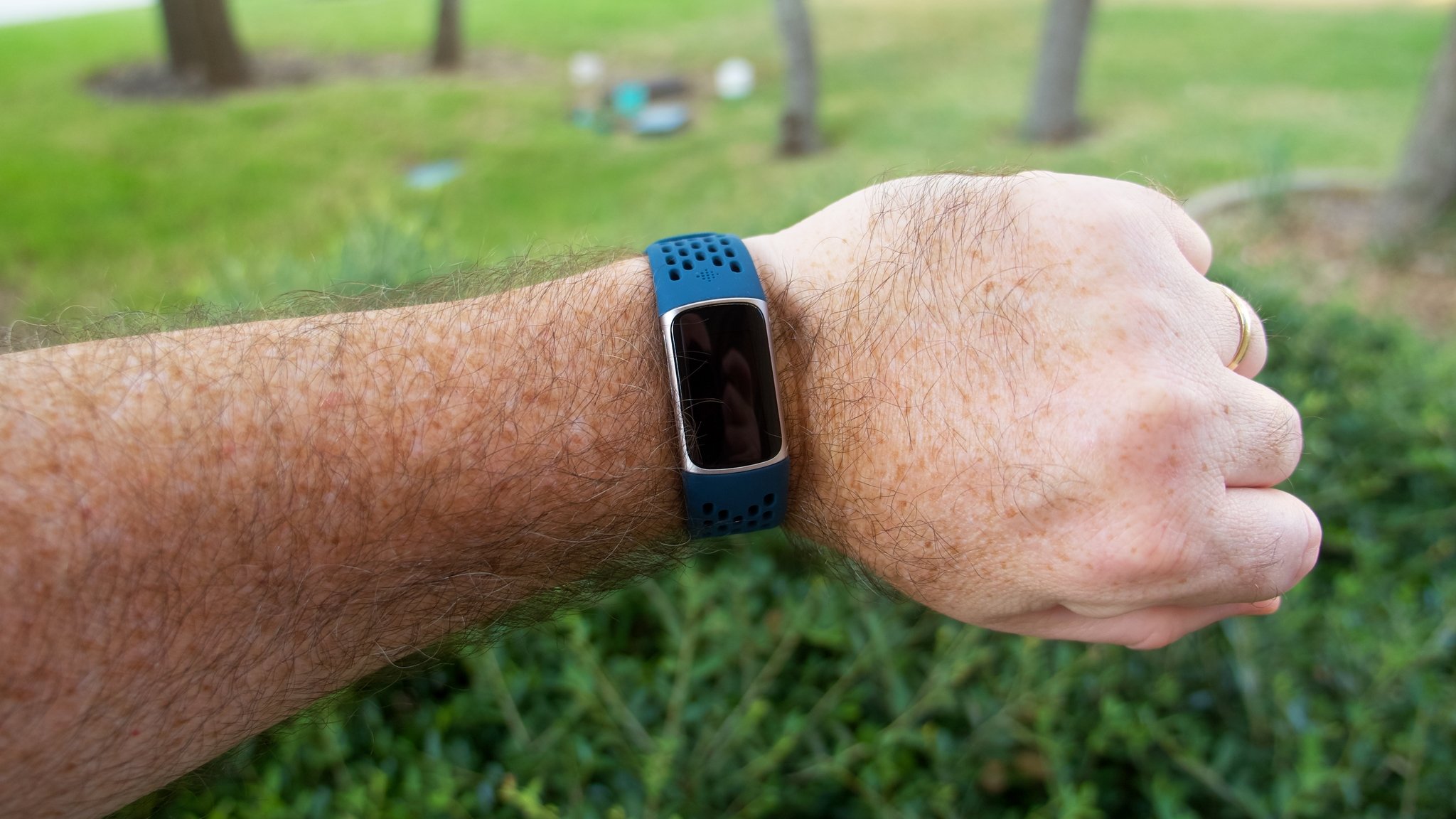Introduction
Fitbit watches have become indispensable tools for tracking our daily activities, from steps taken and calories burned to heart rate and sleep patterns. However, encountering a stopped Fitbit watch can be frustrating, especially when it disrupts our fitness routines and daily monitoring. Whether you rely on your Fitbit to stay active, monitor your health, or simply tell the time, a stopped watch can throw a wrench into your day.
In this comprehensive guide, we will delve into the common issues that can cause a Fitbit watch to stop working, how to diagnose the problem, and the steps to take to fix it. Additionally, we will provide valuable tips to prevent future issues, ensuring that your Fitbit remains a reliable companion in your wellness journey.
Understanding the intricacies of your Fitbit watch and knowing how to troubleshoot issues can save you time and frustration. By the end of this guide, you will be equipped with the knowledge and skills to address a stopped Fitbit watch, empowering you to keep your device running smoothly and effectively.
Let's embark on this journey to unravel the mysteries behind a stopped Fitbit watch and learn how to bring it back to life. Whether you are a fitness enthusiast, health-conscious individual, or someone who values the convenience of wearable technology, this guide is your key to overcoming Fitbit watch woes and ensuring uninterrupted monitoring and performance.
Common Issues with Stopped Fitbit Watches
When your Fitbit watch comes to a sudden halt, it can be attributed to various common issues that affect its functionality. Understanding these underlying causes is crucial in effectively diagnosing and resolving the problem. Here are some prevalent issues that can lead to a stopped Fitbit watch:
-
Battery Depletion: One of the most common reasons for a Fitbit watch to stop working is a drained battery. Over time, the battery's capacity diminishes, leading to shorter usage durations between charges. If your Fitbit suddenly stops, the first step is to check the battery level. A depleted battery can cause the watch to power off unexpectedly, disrupting its normal operation.
-
Software Glitches: Like any electronic device, Fitbit watches can experience software glitches that result in sudden malfunctions. These glitches may manifest as frozen screens, unresponsive buttons, or complete shutdowns. Software updates and patches are periodically released to address such issues, but a failure to update the device can leave it vulnerable to these glitches.
-
Hardware Malfunctions: Physical wear and tear can impact the internal components of a Fitbit watch, leading to hardware malfunctions. Issues such as a faulty power button, damaged display, or sensor failures can cause the watch to stop functioning altogether. Additionally, exposure to moisture or extreme temperatures can exacerbate these hardware issues.
-
Charging Problems: Inadequate or faulty charging can also result in a stopped Fitbit watch. If the device fails to charge properly or loses power soon after being charged, it can lead to unexpected shutdowns and operational disruptions.
-
Sensor Interference: Fitbit watches rely on various sensors to track activities and monitor vital signs. Interference with these sensors, whether due to environmental factors or physical obstructions, can impede the watch's ability to function correctly, leading to unexpected stoppages.
Understanding these common issues is the first step in diagnosing and addressing a stopped Fitbit watch. By identifying the specific cause of the problem, you can take targeted steps to resolve it and restore your Fitbit to its optimal functionality.
Diagnosing the Problem
When faced with a stopped Fitbit watch, diagnosing the underlying issue is essential for effective troubleshooting. By methodically assessing the potential causes of the malfunction, you can pinpoint the specific problem and take appropriate steps to address it.
Battery Status
The first step in diagnosing a stopped Fitbit watch is to check the battery status. If the screen remains unresponsive or fails to light up, the battery may be depleted. Connect the watch to its charger and observe whether it shows any signs of charging. If the screen displays a low-battery indicator or fails to respond to the charging cable, the battery may need replacement.
Software Status
Software glitches can also lead to a stopped Fitbit watch. If the watch's screen freezes or becomes unresponsive, a software issue may be the culprit. Attempt to restart the watch by following the manufacturer's recommended procedure. If the problem persists, ensuring that the device's software is up to date is crucial. Check for available updates using the Fitbit app on a paired smartphone or through the Fitbit website.
Hardware Assessment
Inspect the physical condition of the Fitbit watch for any signs of damage or wear that could lead to hardware malfunctions. Check the power button, display screen, and sensors for any visible issues. If the watch has been exposed to moisture or extreme temperatures, these factors could contribute to hardware problems. Additionally, ensure that the charging port and connectors are clean and free from debris, as charging problems can also cause the watch to stop working.
Sensor Functionality
The sensors within the Fitbit watch play a critical role in its functionality. Observe whether the watch accurately tracks activities and vital signs. If certain sensors appear to be malfunctioning or providing erratic readings, sensor interference or hardware issues may be to blame. Pay attention to any environmental factors or physical obstructions that could affect sensor performance.
By systematically evaluating these potential causes, you can effectively diagnose the problem affecting your stopped Fitbit watch. This thorough assessment sets the stage for implementing targeted solutions to restore the watch to its optimal working condition.
Fixing a Stopped Fitbit Watch
Upon diagnosing the underlying issue causing your Fitbit watch to stop working, it's time to implement targeted solutions to restore its functionality. Depending on the specific problem identified during the diagnostic process, the following steps can help address and fix a stopped Fitbit watch effectively.
Battery Replacement
If the battery is determined to be the culprit behind the stopped Fitbit watch, replacing the battery becomes paramount. Fitbit watches are designed with rechargeable batteries, and over time, the battery's capacity diminishes, leading to shorter usage durations between charges. Contacting Fitbit's customer support or visiting an authorized service center can facilitate the replacement of the battery by certified technicians, ensuring that your watch receives the appropriate battery model and professional installation.
Software Update
In the case of software glitches causing the watch to stop working, initiating a software update can often resolve the issue. Ensure that the Fitbit app on your paired smartphone is up to date, as this will enable you to check for available software updates for your watch. Follow the recommended update process provided by Fitbit to install the latest software version, addressing any known glitches and enhancing the overall performance and stability of your Fitbit watch.
Hardware Repair
When hardware malfunctions are identified as the cause of the stopped Fitbit watch, seeking professional hardware repair services is essential. Authorized service centers equipped with certified technicians can assess and repair the internal components of the watch, addressing issues such as a faulty power button, damaged display, or sensor failures. By entrusting the repair process to qualified professionals, you can ensure that the hardware issues are effectively resolved, restoring your Fitbit watch to optimal working condition.
Charging Troubleshooting
In cases where charging problems lead to the watch stopping unexpectedly, troubleshooting the charging process is necessary. Ensure that the charging port and connectors are clean and free from debris, as this can impede proper charging. Using a different charging cable or power source can help determine if the issue lies with the charger rather than the watch itself. If the problem persists, contacting Fitbit's support for further guidance and potential replacement of the charging components may be necessary.
Sensor Calibration
For issues related to sensor interference or malfunctioning, recalibrating the sensors can help restore the watch's functionality. Follow the manufacturer's recommended procedure for sensor calibration, which may involve resetting the sensors or adjusting their settings through the Fitbit app. By ensuring that the sensors operate optimally, you can address any inaccuracies or disruptions in activity and vital sign tracking, restoring the watch's reliability.
By implementing these targeted solutions based on the identified problem, you can effectively fix a stopped Fitbit watch and ensure that it resumes its essential role in tracking your activities and maintaining your wellness. Regular maintenance and prompt resolution of issues can prolong the lifespan of your Fitbit watch, allowing you to enjoy uninterrupted monitoring and performance.
Tips for Preventing Future Issues
Maintaining the optimal functionality of your Fitbit watch requires proactive measures to prevent potential issues from arising in the future. By incorporating the following tips into your routine, you can safeguard your watch against common problems and ensure consistent performance and reliability.
Regular Software Updates
Keeping your Fitbit watch's software up to date is crucial for addressing known glitches and vulnerabilities. By regularly checking for and installing software updates through the Fitbit app or website, you can benefit from improved stability, enhanced features, and optimized performance. Additionally, staying abreast of the latest software releases can help mitigate potential issues before they impact the watch's functionality.
Proper Charging Practices
Adhering to proper charging practices is essential for preserving the battery life and overall health of your Fitbit watch. Avoid letting the battery drain completely before recharging, as this can strain the battery and diminish its longevity. Additionally, using the official charging cable and power source recommended by Fitbit, and keeping the charging port clean and free from debris, can help maintain consistent and reliable charging.
Environmental Care
Protecting your Fitbit watch from extreme environmental conditions, such as excessive moisture, heat, or cold, can prevent hardware malfunctions and damage. Avoid wearing the watch in situations where it may be exposed to prolonged moisture, such as swimming or showering, unless it is specifically designed for such use. Similarly, refrain from exposing the watch to extreme temperatures or prolonged sunlight, as these factors can adversely affect its internal components.
Gentle Handling
Handle your Fitbit watch with care to prevent physical damage and hardware issues. Avoid subjecting the watch to impacts, falls, or excessive pressure, as these can lead to display damage, sensor malfunctions, or internal component disruptions. When not in use, store the watch in a protective case or designated storage location to minimize the risk of accidental damage.
Routine Maintenance
Regularly inspecting the condition of your Fitbit watch and performing routine maintenance can help identify potential issues early on. Check the watch for any signs of wear, loose components, or irregularities in functionality. Additionally, clean the watch and its band regularly to prevent the accumulation of dirt and debris that can affect its performance and longevity.
By incorporating these preventive measures into your Fitbit watch care routine, you can minimize the risk of future issues and prolong the lifespan of your device. Proactive maintenance and responsible usage will ensure that your Fitbit watch continues to be a reliable and indispensable companion in your wellness journey.







